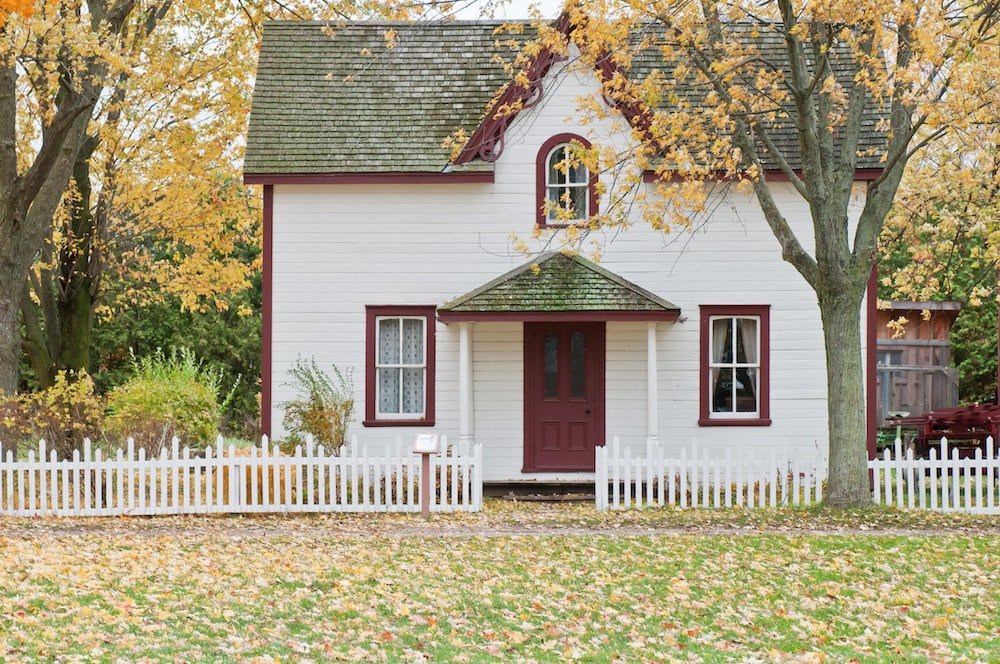
With the pandemic still impacting loans and interest rates, now is an ideal time to consider refinancing from an adjustable-rate mortgage to a fixed-rate mortgage. Mortgage rates have been inching upwards since earlier this year. Slowly at first, but the jumps are increasingly hard to ignore. If you have an adjustable-rate mortgage (ARM), now is a good time to refinance to a fixed-rate mortgage.
Historically, mortgage rates rise with inflation. Investors watch the trends with caution, and often mortgage rates rise based solely on the anticipation of inflation. Add the fact that the Fed is also raising the federal funds rate, and it’s hard to ignore the potential long-term rise of mortgage rates.
The truth is, many homeowners can save a lot of money in interest and lower their mortgage payment by refinancing to a 15-year fixed-rate mortgage or a 30-year fixed-rate mortgage.
If you’re concerned about your mortgage payment and want the financial stability of a fixed-rate mortgage, we can help. Connect with a local mortgage advisor to discuss your goals.
Related: Find out how much you can save right now with this mortgage refinance calculator
How the Federal Funds Rate Affects Mortgage Rates
When the Fed decides to increase the federal funds rate, it directly impacts mortgage rates. For those homeowners who currently have an ARM or a HELOC, this means your rates could jump without much warning. The result could be a higher mortgage payment, higher equity loan payments, or more of your payment will go toward interest every month instead of principal.
Adjustable-Rate Mortgages
Adjustable-rate home loans have variable interest rates. This means that the rate will fluctuate, rising or falling based on the fed funds rate. If the fed funds rate goes up, your rate will go up, and your mortgage payment will go up. There are different caps for each loan, limiting how much your mortgage payment can increase. Talk with a local mortgage advisor to determine if refinancing your home loan can save you money and protect your mortgage payment.
HELOC (Home Equity Line of Credit) and Home Equity Loans
Most home equity loans and HELOCs are directly tied to the prime rate (which is typically 2-3 percentage points above the federal funds rate). Therefore, if the federal funds rate goes up, this causes the prime rate to increase, and interest rates for HELOCs and home equity loans will rise in tandem.
Similarly, HELOCs have a flexible rate that is impacted directly by the federal funds rate. This means your HELOC rate can rise at any point, and with a higher rate, you’ll have a higher payment.
As an aside, most home equity loans are fixed-rate loans, which means your payment won’t change. However, since home equity loans typically have a higher interest rate than a fixed-rate mortgage, it could be wise to refinance.
If you’re concerned about your mortgage payment, we can help.
How to Compare Offers and Get the Best Fixed-Rate Home Loan
Working with a qualified mortgage advisor can help you compare loan offers and get your best mortgage. What’s more, a mortgage advisor can explain refinancing options that you might not know about and get you a better home loan that can save you money.
We’ll guide you through these five steps toward a better mortgage:
- Discuss your situation and share your homeownership goals.
- We’ll analyze the market and lock in your best mortgage rate.
- Review your new refinancing options together.
- Gather the final documentation for underwriting.
- Verify the value of your home with a home appraisal.
Final Step — Close on your new home loan with a low fixed-rate payment!
Related: Get started now with a qualified mortgage advisor in your local area
Are there closing costs to refinance to a fixed-rate mortgage?
Refinancing to a fixed-rate mortgage will incur closing costs, just like most home loans, which we blogged about here. That said, you can save thousands of dollars over the life of your loan by securing a fixed-rate loan that isn’t subject to the volatility of market rates.
Typically, it takes 5-7 years to recoup non-recurring closing costs after a mortgage refinance. In general, it’s a good move to refinance to a fixed-rate mortgage if adjustable rates are rising and you want the security of a fixed payment for the life of the loan.
Be sure to connect with your local mortgage advisor about your best loan options and lock in a preferred rate.
RELATED: Learn the Truth About No-Closing Cost Loans
Summary
If you have a mortgage with an adjustable rate, a home equity loan, or a home equity line of credit, now is the time to refinance your home loan and secure a fixed-rate mortgage.
Refinancing to a fixed-rate mortgage secures a fixed monthly payment for the life of your loan, no matter how the market shifts. You’ll have a steady mortgage with a predictable monthly payment you can afford, regardless of inflation or future volatility in the market.
Next Steps
If you’re wondering how to afford your ARM mortgage with rising rates, refinancing now can help establish financial stability. When you’re ready to refinance to a fixed-rate mortgage, a local mortgage advisor can help you get approved, lock in the lowest mortgage rate, and secure the right home loan. Connect with a mortgage advisor to discuss your options and make a plan that can help you save money on your mortgage. We’d love to help.



